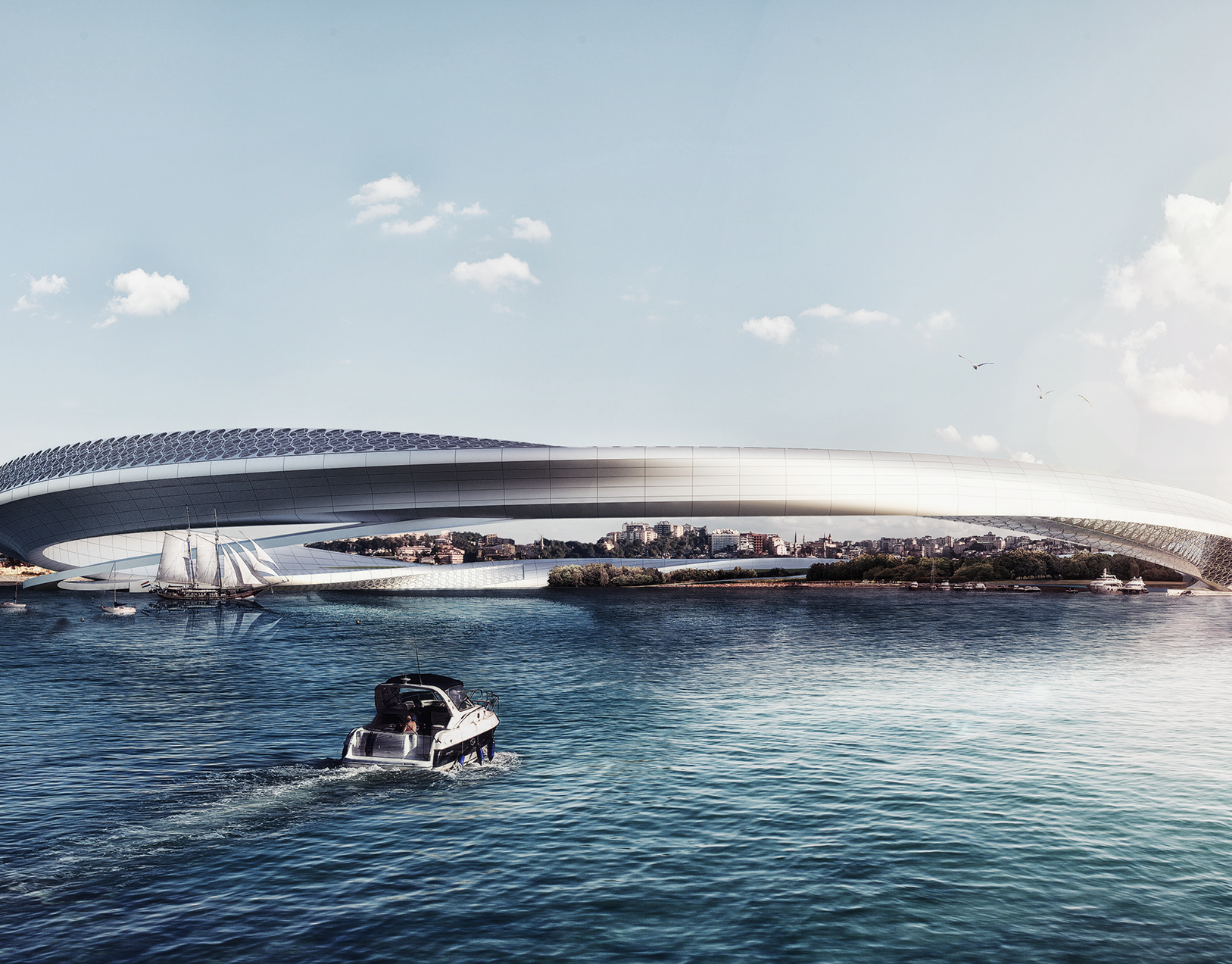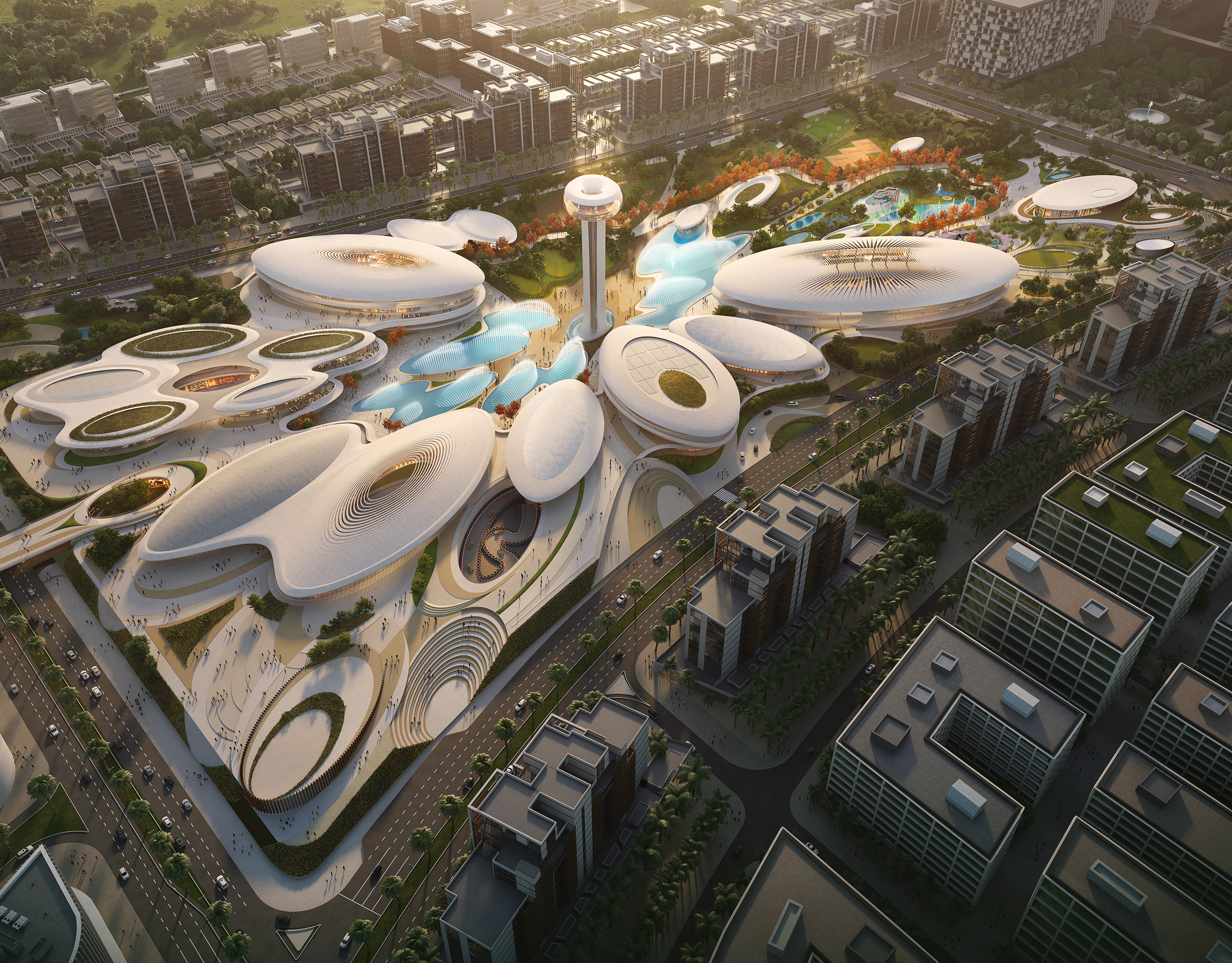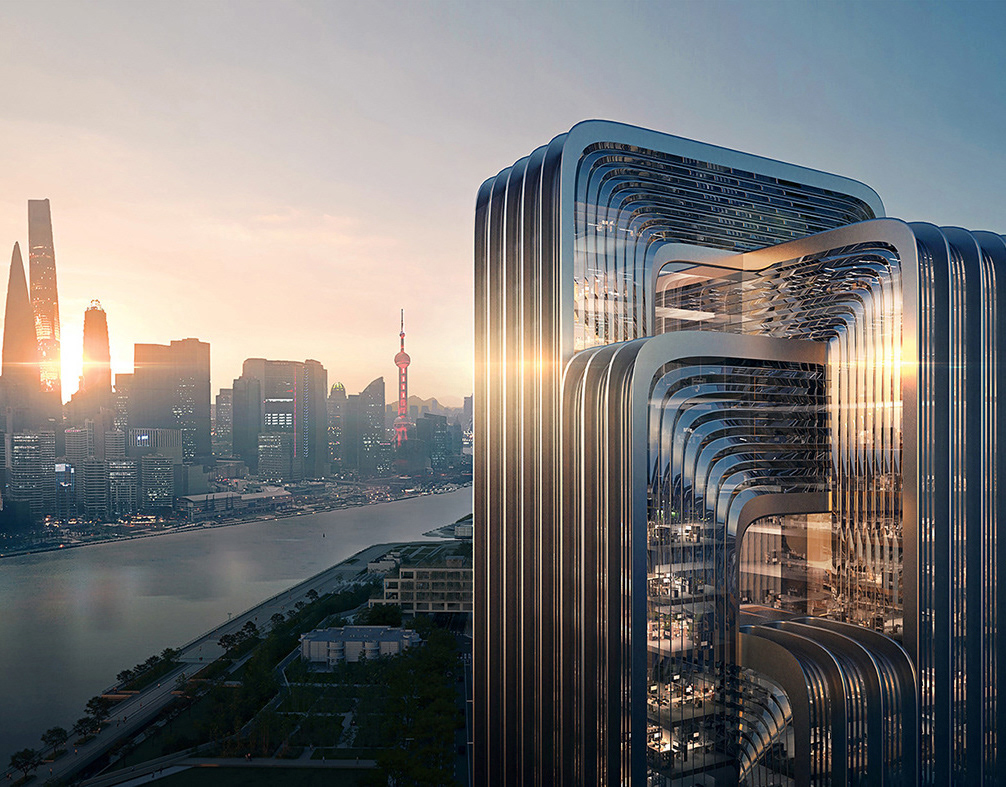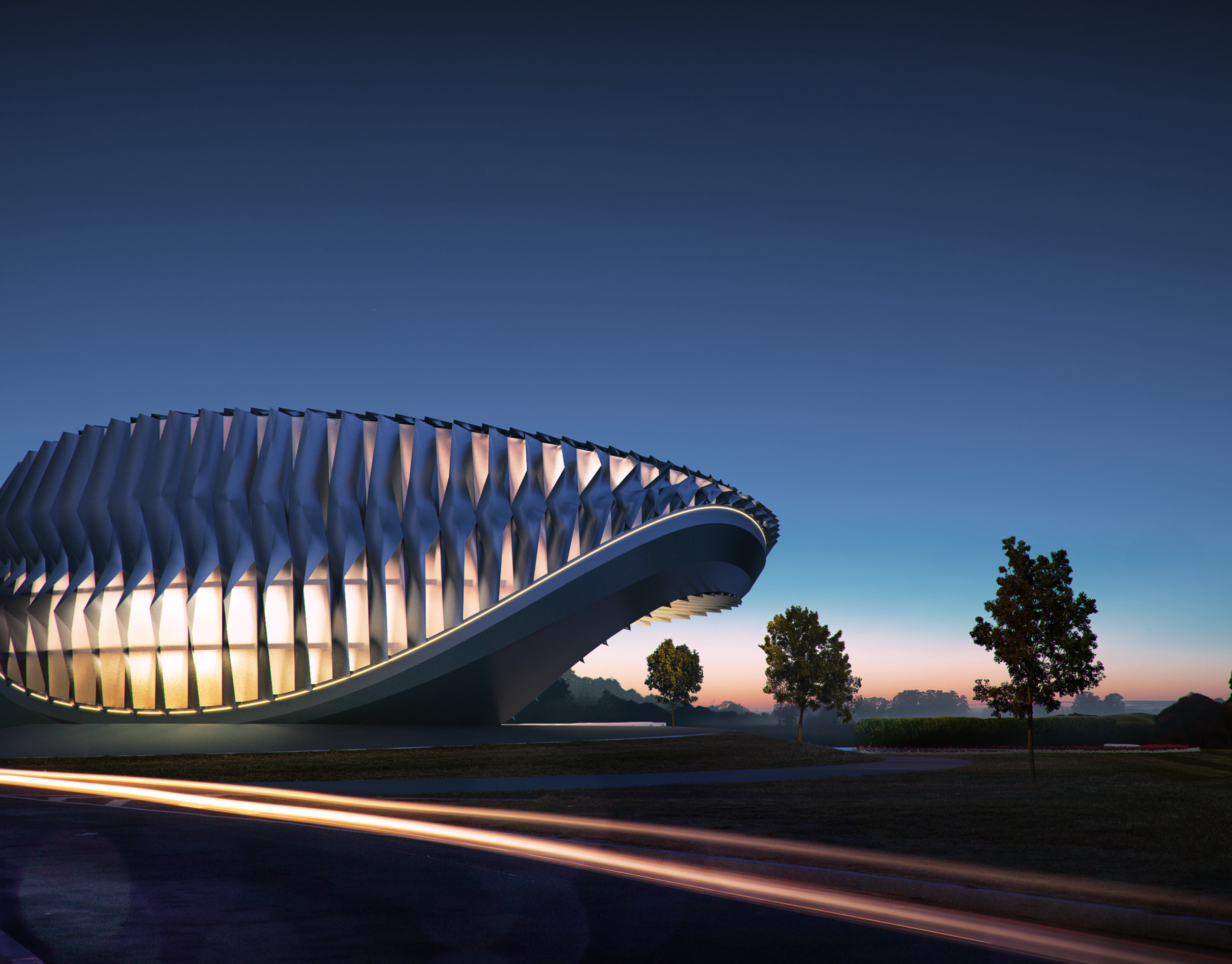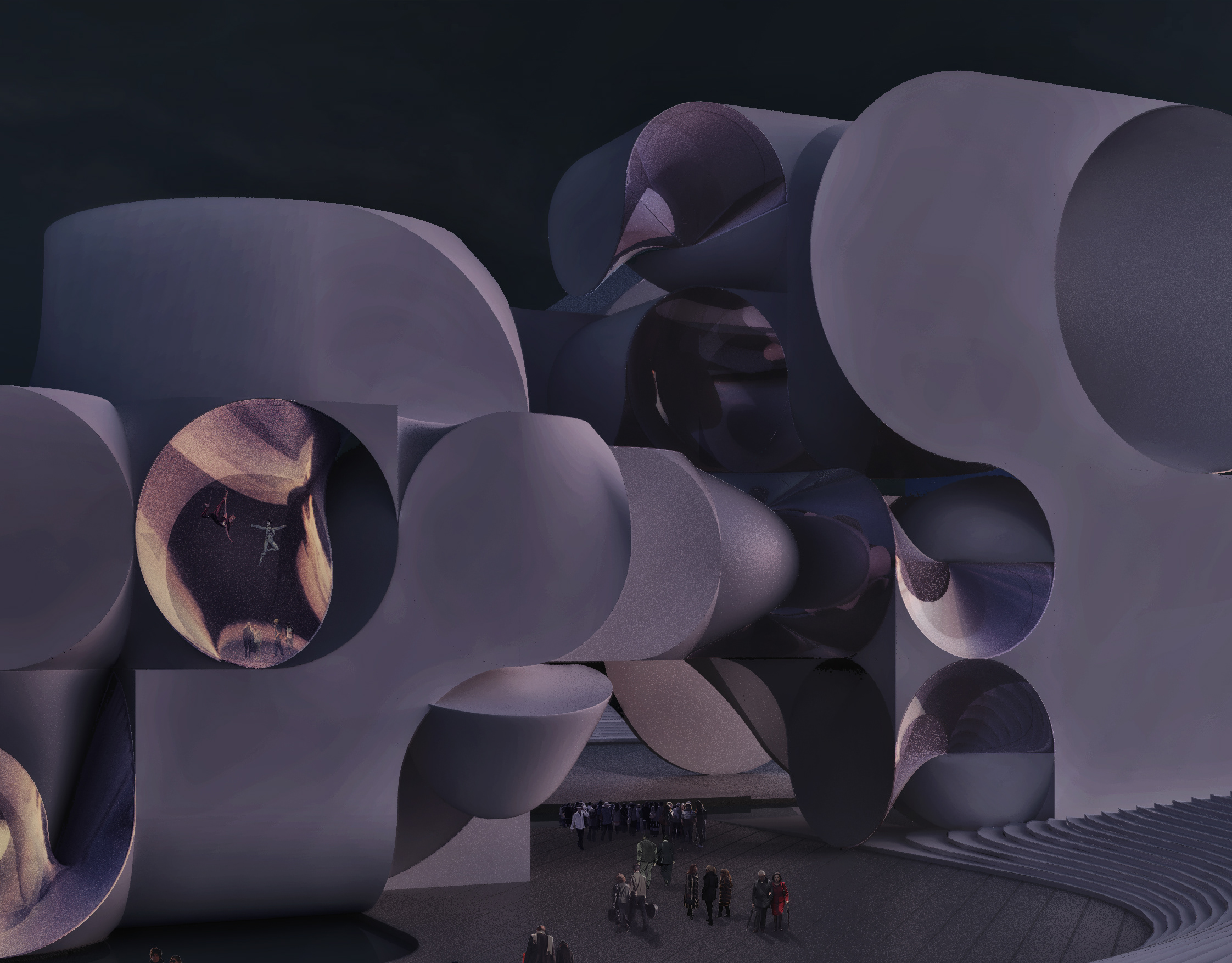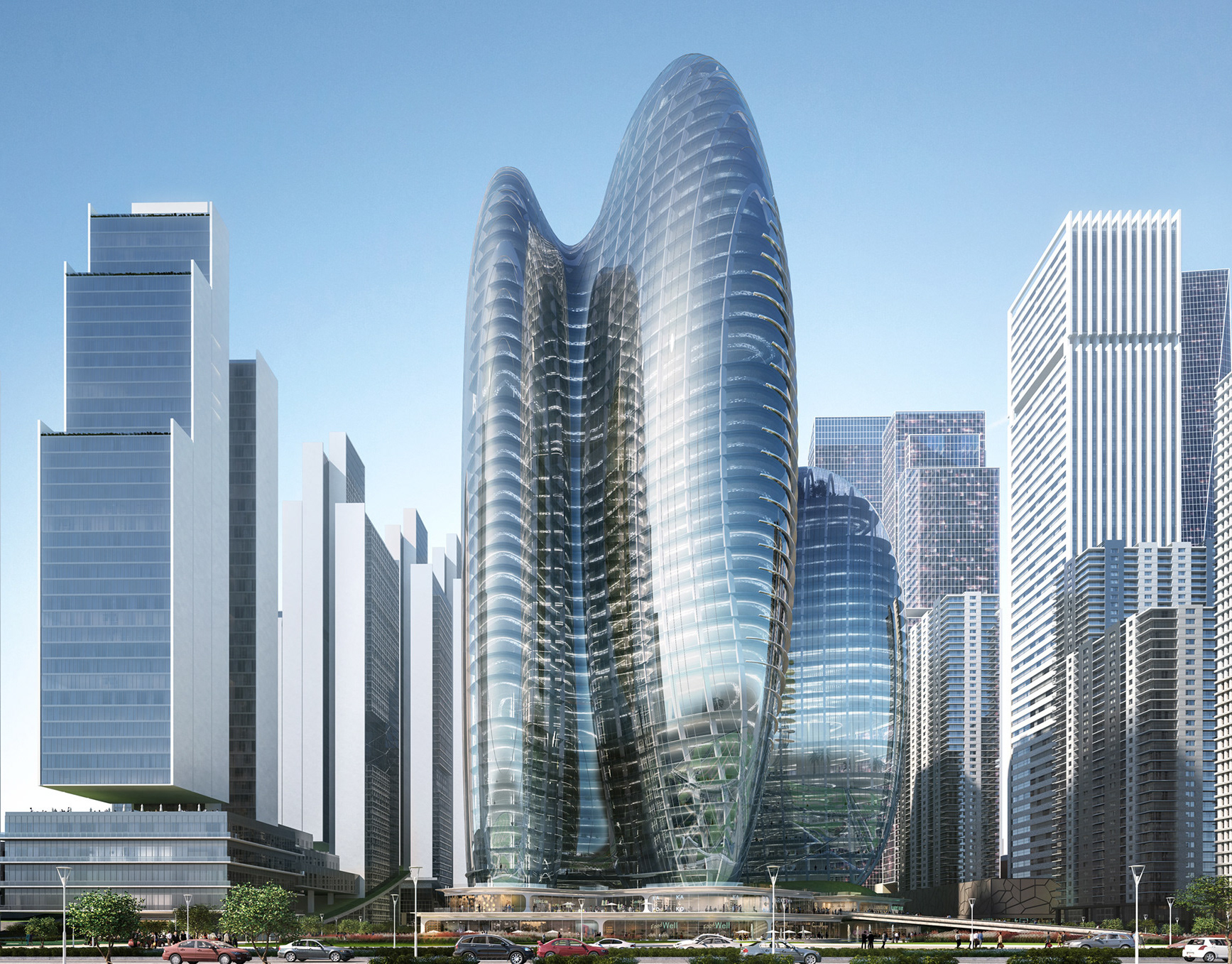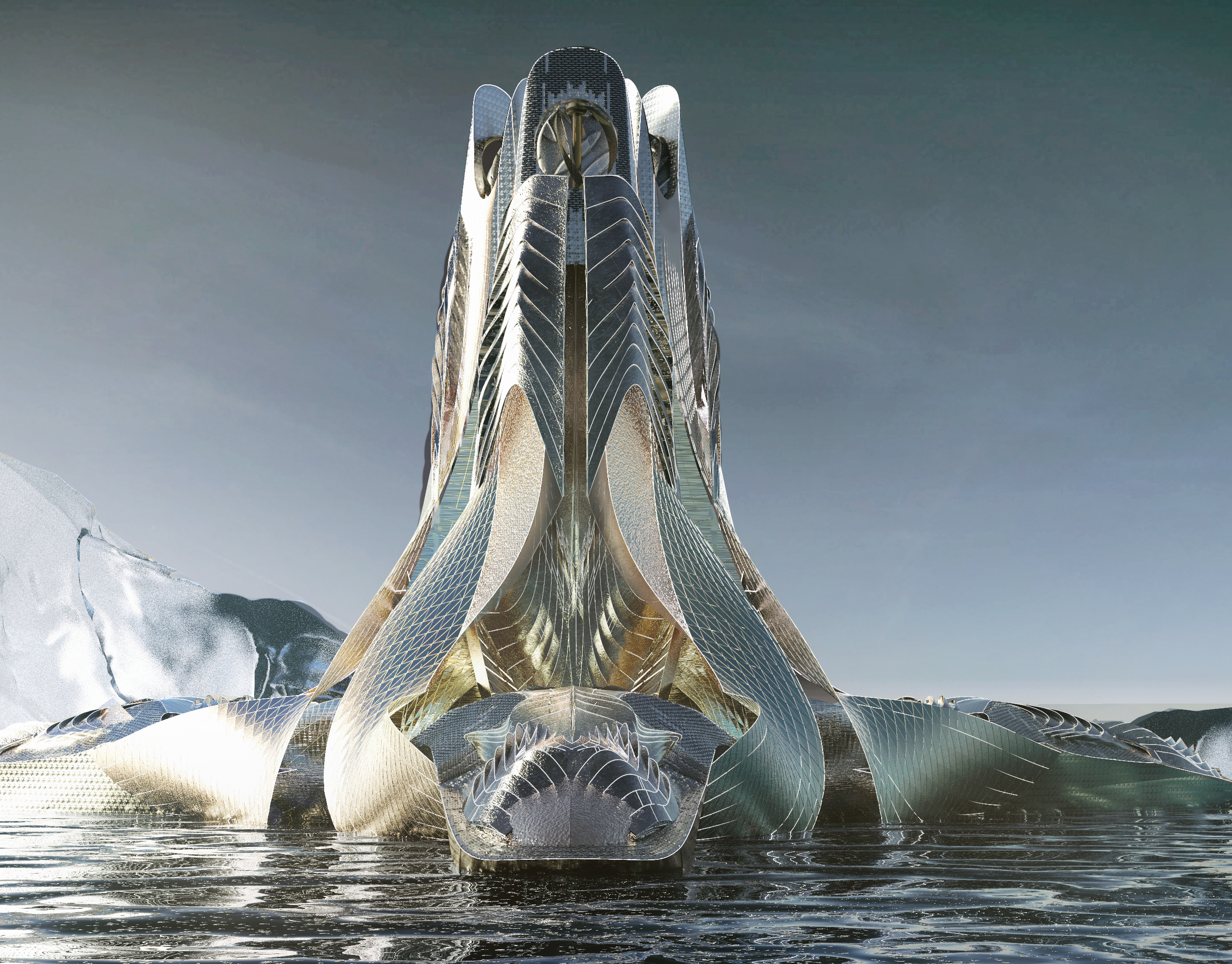GARBAGE PATCH, WORLD OCEAN
The project started as my master THESIS in 2017
studio Hani Rashid, university of applied arts, Vienna
studio Hani Rashid, university of applied arts, Vienna
Although oceans may never have seen a human being, they feel the effects of our activities as millions of tons of trash enter their waters each year. Today, it is time to imagine a cleaner, environmentally more sustainable future and ways to achieve it through architectural and technological creations for a better tomorrow.
The 8th Continent® - Ocean Cleaning and Research Station was designed as a unique technology for collecting, sorting and recycling waste to address world pollution by physically removing debris. Its hidden power is to systematically address the problem by combining technology with education through its Research and Education Centre.
The 8th Continent® - Ocean Cleaning and Research Station was designed as a unique technology for collecting, sorting and recycling waste to address world pollution by physically removing debris. Its hidden power is to systematically address the problem by combining technology with education through its Research and Education Centre.
The 8th Continent®’s presents a unique opportunity for ocean exploration. It aims to serve as a platform for a wide array of scientific inquiries into the long-overlooked frontier of the world ocean. By integrating advanced technology and innovative architecture, The 8th Continent® addresses the challenges of creating self-sufficient facilities on the open sea.
The 8th Continent® was awarded the 2020 Grand Prix Award for Architecture and Innovation for the Sea from the Jacques Rougerie Foundation and it was exhibited at the 2020 Dubai Expo and during the 2022 UN Ocean Conference in Lisbon. The principal designer behind the project, Lenka Petráková, started to develop this project as her Master Thesis at the University of Applied Arts (Vienna) in 2017. Since then, Petráková has continued the research on the project, which has received multiple international awards.
The exhibition in Slovak Pavilion during the 2020 Dubai Expo was possible thanks to the Ministry of Environment of the Slovak Republic. Image: Minister of Environment of the Slovak Republic Ján Budaj with Lenka Petráková
Main Goal
Plastics consistently make up 80% of all marine debris. Studied, and scientists have recently discovered microplastics embedded deep in the Arctic ice. Plastic waste is finding its way not only to every corner of the planet, but it is becoming part of our food chain. Each of us consumes approximately 50,000 microplastic particles a year.
The 8th Continent® – Ocean Cleaning and Research Station’s aim to minimise plastic debris’s impact on health by collecting plastic waste from the ocean surface and restoring the marine environment’s balance.
The 8th Continent® – Ocean Cleaning and Research Station’s aim to minimise plastic debris’s impact on health by collecting plastic waste from the ocean surface and restoring the marine environment’s balance.
Using High Technology and Innovations The station is designed to incorporate technological innovation in collecting waste, water filtration, water desalination, hydroponic cultivation, tidal energy harvesting and many more. The integrated technology, in combination with the unique design, improves the station’s efficiency and performance.
Leading Ocean Cleaning The station harnesses a unique system for waste collection that uses the natural forces of water and wind to maximise its efficiency while minimising its energy consumption.
It is proposed to arrange the stations in clusters to cover ocean garbage patches, some of which extend up to 1.6 million square kilometres
It is proposed to arrange the stations in clusters to cover ocean garbage patches, some of which extend up to 1.6 million square kilometres
Setting Up a Self-Sustainable Hub The station is designed as a fully self-sustainable object. It explores how future life on the water could be accomplished sustainably by supporting its crew of over 50 members. The station showcases how multiple processes could be accelerated from filtered water and how energy can be produced (biofuels), not only harvested (tidal, solar, wind), on the open Sea.
Building a Robust Research Community The station enables oceanographers, marine biologists, chemists, and other researchers to collect data and take their research out to the ocean, which was previously challenging without such a controlled environment. Humans have only explored 3% of the ocean, but information from ocean exploration is essential today as climate change, pollution, and other factors threaten the ocean and its marine life.
Additional Features
Water Desalination Two processes are suggested for water desalination. One is a solar distillation that mimics the natural water cycle, in which the sun heats seawater enough for evaporation to occur. After evaporation, the water vapour is condensed onto a cool surface.
The second option is the use of aerogels, which offer better heat stability.
The second option is the use of aerogels, which offer better heat stability.
Biofuel from Halophytes Halophytes can be irrigated with seawater without compromising their biomass. Both oils produced from the seeds and the biomass of halophytes can be utilised for biofuel production.
Biofuel from Algae Algae can be found in the ocean and at the same time grown at the station in case of need - whether in open ponds or more advanced closed-loop systems.
The station consists of five main parts: The Barrier, The Collector, The Research and Education Center, Greenhouses and Living Quarters. These together create a self–sufficient living organism.
Each of the main parts is developed based on the required environmental characteristics and the programme they carry. The Barrier floats on the water surface and moves waste towards the Collector. The collection technology at the centre of the building optimises waste handling. The Research and Education Centre is linked to the Collector and Greenhouses to follow the water processes and study them. Greenhouses are shaped to optimise condensed water collection and resemble large sails to allow wind to navigate the station on the Sea. The living quarters, public spaces, and support facilities pass through the building’s centre and connect all parts, geometrically matching the ship’s keel.
"The sea is everything." ― Jules Verne, Twenty Thousand Leagues Under the Sea.
The live-giving ocean is suffering, and we must help restore its balance for our planet's survival. We can not achieve it only by technology, but we need an interdisciplinary platform to educate people and change their relationship with the marine environment for future generations.



